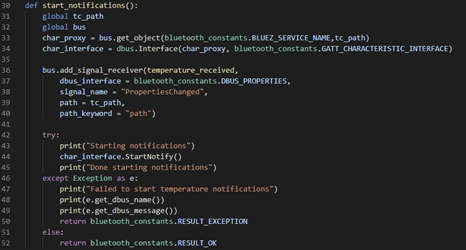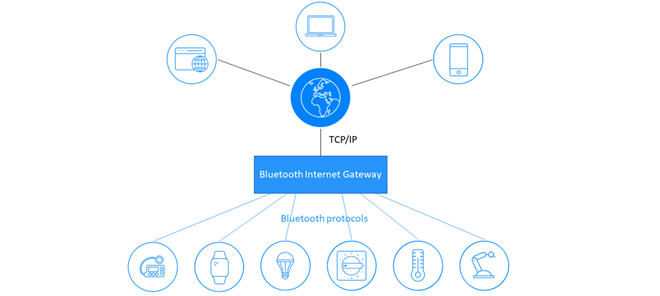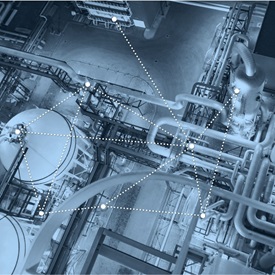Enhancing Bluetooth® Technology
The Bluetooth SIG typically has more than 50 active specification development projects at any given time. These projects include everything from adding minor features to existing Bluetooth specifications to creating new specifications that add major functionality to Bluetooth® wireless technology.
Below is an overview of several key specification projects currently in progress.
How to get involved
Employees of all Bluetooth SIG member companies are welcome to view the list of active specification development projects in our online specification development support tool, Specification Workspace.
Employees of all Associate and Promoter member companies are also welcome to join any Working Group and participate in its specification development projects.
Key Specification Projects

High Data Throughput
Added to Bluetooth® wireless technology in 2016, LE 2M doubled the data rate that could be achieved between Bluetooth LE devices from the original LE 1M. LE 2M was introduced to enhance the performance of existing use cases as well as enable many new ones, including LE Audio. Today, Bluetooth devices are looking for even greater performance as well as the ability support streaming of even larger media and could benefit from an even higher data rate Bluetooth LE PHY. The High Data Throughput project was established to address this growing market need and intends to support data rates up to 8 Mbps.

Higher Frequency Bands
A specification development project is underway to define the operation of Bluetooth LE in additional unlicensed mid-band spectrum, including both the 5 and 6 GHz frequency bands. With over 5 billion products shipping each year, Bluetooth technology is the most widely deployed wireless standard in the world. A core reason for its unmatched adoption and success is the continual evolution of the technology in key areas, including higher data throughput, lower latency, greater positioning accuracy, and better co-existence. The new spectrum expansion project will help ensure that these Bluetooth performance enhancements can continue well into the future, paving the way for the next generation of Bluetooth innovation.

LE Audio Enhancements
LE Audio represents an entirely new platform for supporting audio applications on Bluetooth technology. Beyond enhancing existing Bluetooth applications like wireless calling and media, LE Audio is set to drive innovation in wireless audio for decades to come. Below is a partial list of current projects:
- High-Resolution and Lossless Audio – Enhancing LE Audio to meet the growing demand for high-resolution and lossless audio.
- Spatial Audio – Establishing a standardized approach for supporting spatial audio on Bluetooth headphones.
- Surround Sound – Developing a standardized method for creating Bluetooth-based, interoperable, multi-channel surround sound systems.
- Voice Assistants – Creating a standardized approach for integrating voice assistant applications with Bluetooth headphones.
- Sound Exposure – Standardizing the reporting of sound pressure data from Bluetooth headphones to media players, allowing users to monitor their sound exposure.
- Extended Auracast™ Coverage – Defining a standardized method for deploying multiple Auracast transmitters to provide coverage in large environments.
- Increasing Auracast™ Capacity – Establishing a standardized approach for using multiple Auracast transmitters to support broadcasts with more audio streams than a single transmitter can handle (e.g., multi-language broadcasts).
- Discovering Auracast™ Broadcasts – Creating a standardized method for users with UI-constrained Auracast receivers (e.g., hearing aids) to easily join an Auracast broadcast without needing an additional device (e.g., a smartphone).

Ultra Low Latency HID
The ultra-low latency (ULL) Human Interface Device (HID) enhancement project aims to make Bluetooth gaming controllers as responsive as those using USB-wired or proprietary wireless communications. This enhancement, which intends to support polling rates as high as 1000 Hz, could also be used to improve the user experience for other latency-sensitive devices including controllers and sensors for augmented, virtual, or mixed reality (AR/VR/MR) scenarios.












![1970363214 26a65d3b4501a03ccb07d0573676bdb810f2418b1f66c382130b616b3dd8efaa d [1]](https://www.bluetooth.com/wp-content/uploads/2025/01/1970363214-26a65d3b4501a03ccb07d0573676bdb810f2418b1f66c382130b616b3dd8efaa-d_1-660x371.jpg)










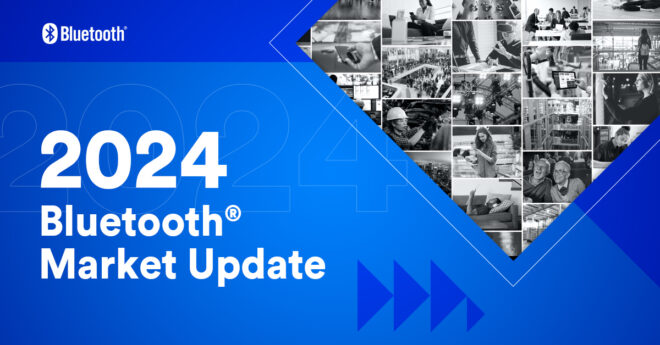


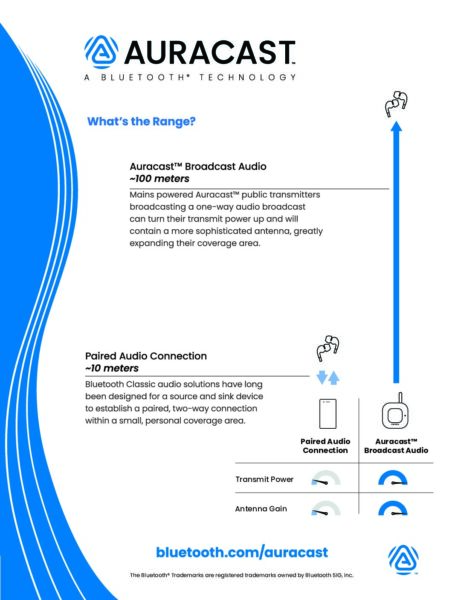
![2312 CES Handout Images FINAL existing pdf 464x600[1]](https://www.bluetooth.com/wp-content/uploads/2024/01/2312_CES_Handout-Images_FINAL-existing-pdf-464x6001-1.jpg)


